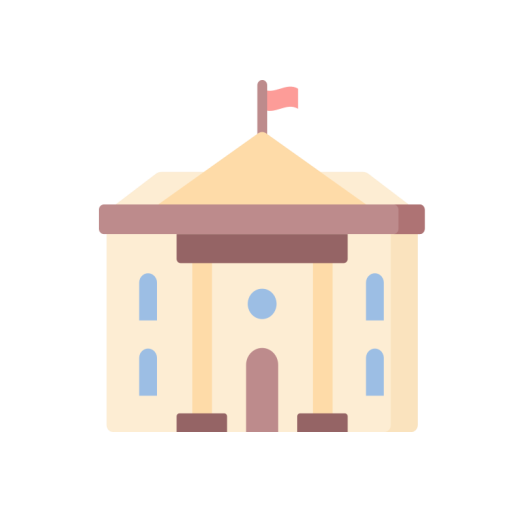Yogyakarta Tours & Transport Indonesia
About Yogyakarta Tours & Transport Indonesia
We're a CAR RENTAL SERVICE special for traveling around Yogyakarta, Central Java, and East Java - INDONESIA.
Tags
=ABOUT YOGYAKARTA/JOGJA/YOGYA/NGAYOGYAKARTA HADININGRAT=
Yogyakarta is both the name of a province The Special Region of Yogyakarta (Daerah Istimewa Yogyakarta, or often abbreviated as DIY, and the name of the capital of the Special Region of Yogyakarta, Kota Yogyakarta (Yogyakarta City). The Special Region of Yogyakarta is divided into 4 regencies, which are Sleman Regency (574.82 km2) on the slopes of fiery Mt. Merapi to the North, the coastal area of Bantul Regency (506.86 km2) to the South, the hills of Gunung Kidul Regency (1,485.36 km2) to the East and the low lands of Kulon Progo Regency (586.27 km2) to the West
Yogyakarta ciy is known for its classical Javanese fine arts and culture such as batik, ballet, drama, music, poetry and puppet shows. Thus, Yogyakarta earned the title as the City of Tourism. It is also known to most Indonesians as “The City of Students” due to the many students who study there for higher education and the heap amount of quality universities, naming UGM (Universitas Gadjah Mada), UII (Universitas Islam Indonesia) and ISI (Institut Seni Indonesia). Yogyakarta is hearted at the Sultan’s Palace (Keraton).
Geography
Yogyakarta is located in the south-central part of Java. It’s adjacent with the province of Central Java and the Indian Ocean. Yogyakarta has a total area of 3,185.80 km2. It is the second smallest area in the country, the first being the Capital Region of Jakarta. In 2003, the population of Yogyakarta is estimated to be about 3,121,000 people, with a density of 979.7 people/km2
History
People have lived in Central Java and Yogyakarta area since immemorial time as over the centuries they have been attracted by the rich soil caused by the numerous volcanic eruptions. The earliest recorded history dares from the 9th century and was dominated by Hindu and Buddhist kingdoms that gave rise to the magnificent temples such as Prambanan, Ratu Boko, Kalasan, Sambisari and Borobudur found in this area. Yogyakarta itself dates back to the 18th century. In the early 18th century, Pakubuwono II ruled the Muslim Mataram Kingdom of the time. After he passed away, there was a conflict between his son and his brother, which was encouraged by the Dutch who were trying to colonize the region on a “divide and rule” basis.
The Dutch later divided the Kingdom into two areas, under the Treaty of Giyanti. One was the Sultanate of Ngayogyakarta Hadiningrat with Yogyakarta as the capital and Mangkubumi (who later became Sultan Hamengkubuwono I) as its Sultan, and the other was Sultanate of Surakarta Hadiningrat with Surakarta as the capital and Pakubuwono III (who was the ruler of the Sultanate of Mataram) as its Sultan.
After the independence of the Republic of Indonesia was proclaimed in 1945, Sri Sultan Hamengkubuwono IX and Sri Paku Alam VIII launched a statement that the Kasultanan and Kadipaten (the two royal regions), belonged to Republic of Indonesia as a part of the whole area of Indonesia Republic. By this act, Sultan Hamengkubuwono IX was appointed as governor for life. During the Indonesia National Revolutin against the Dutch after World War II (1945-1950), the capital of the newly-declared Indonesian republic was temporarily moved to Yogyakarta when the Dutch reoccupied Jakarta from January 1946 until August 1950. Since then, it has been known as the Special Region of Yogyakarta and was given a provincial status in 1950 in recognition of its important role battling for the independence.
2006 Disaster
On Saturday, May 27 2006, 6:30AM, a 5.9 richter scaled earthquake struck the province of Yogyakarta and the adjoining district of Klaten in Central Java. Although relatively mild, from 40 km below the surface the earthquake produced violent shockwaves that wobbled through the soft clay soils of Yogya’s southern and eastern rice paddy districts for a brutal 60 odd seconds. In this briefest moment in time nearly 6,000 people died and over 300,000 houses were completely destroyed, with another 300,000 seriously damaged, making the Jogja earthquake, (in terms of physical damage) one of the worst in global history.
Although Yogyakarta city was less than 25 km from the epicenter, few areas of the city suffered significant visual damage, with most damage confined to the south and east of the city centre in areas such as the famous silver smithing area of Kota Gede and the artsy areas to the south of Jl. Prawirotaman.
The massive response by the people of Java, the Indonesian government and the national and international aid community has resulted in one of the most rapid and effective disaster recovery operations ever.
The above said, many residents of the affected districts of Jogja and Central Java still remain deeply traumatized, continuing to suffer from the deep pain caused by the loss of family, injuries and loss of livelihoods. Aid efforts continue to this day, with many families still housed in makeshifts or semi complete accommodations. Visitors should feel encouraged to travel through the earthquake affected area, assisting however they can.
#Source: theincrediblejava.com





